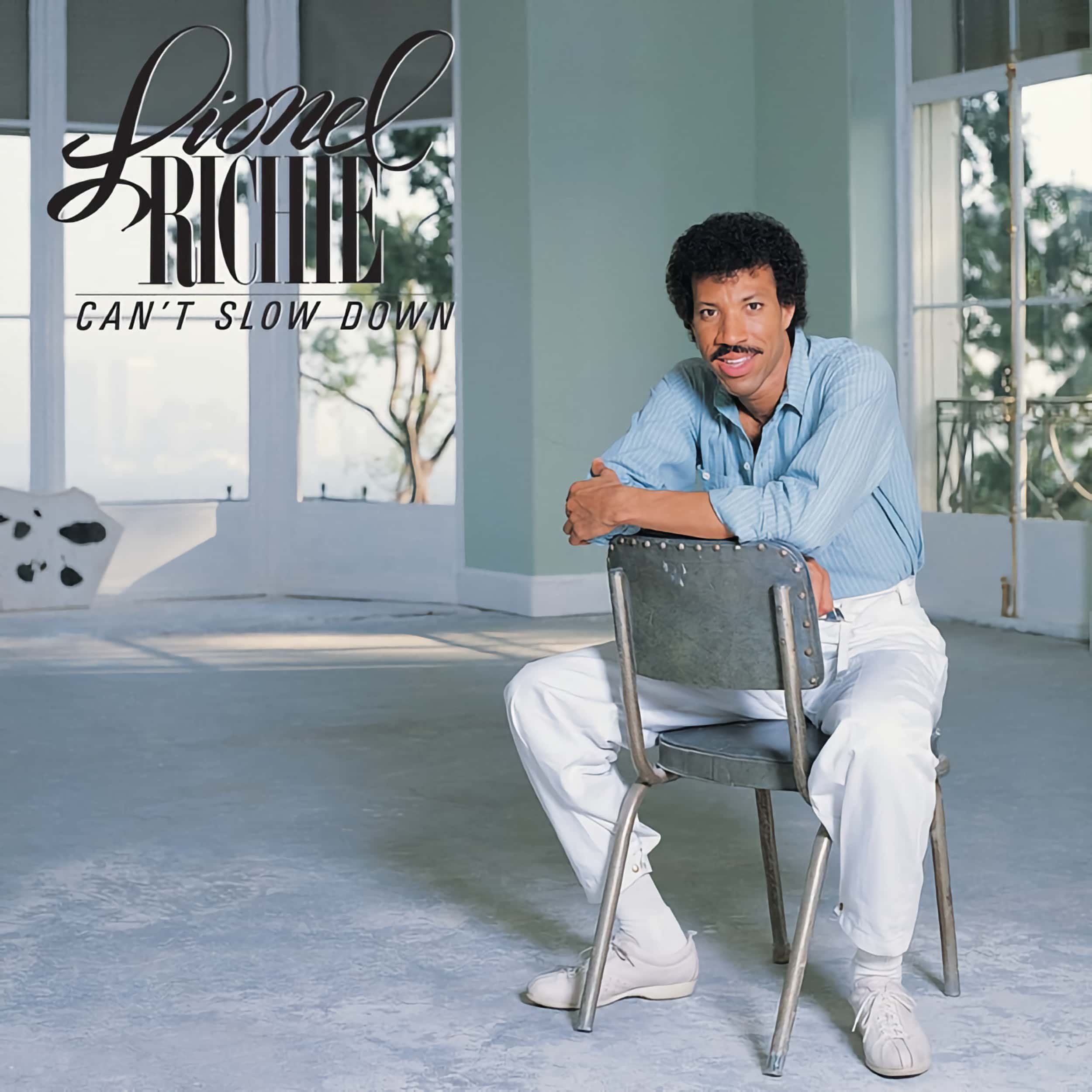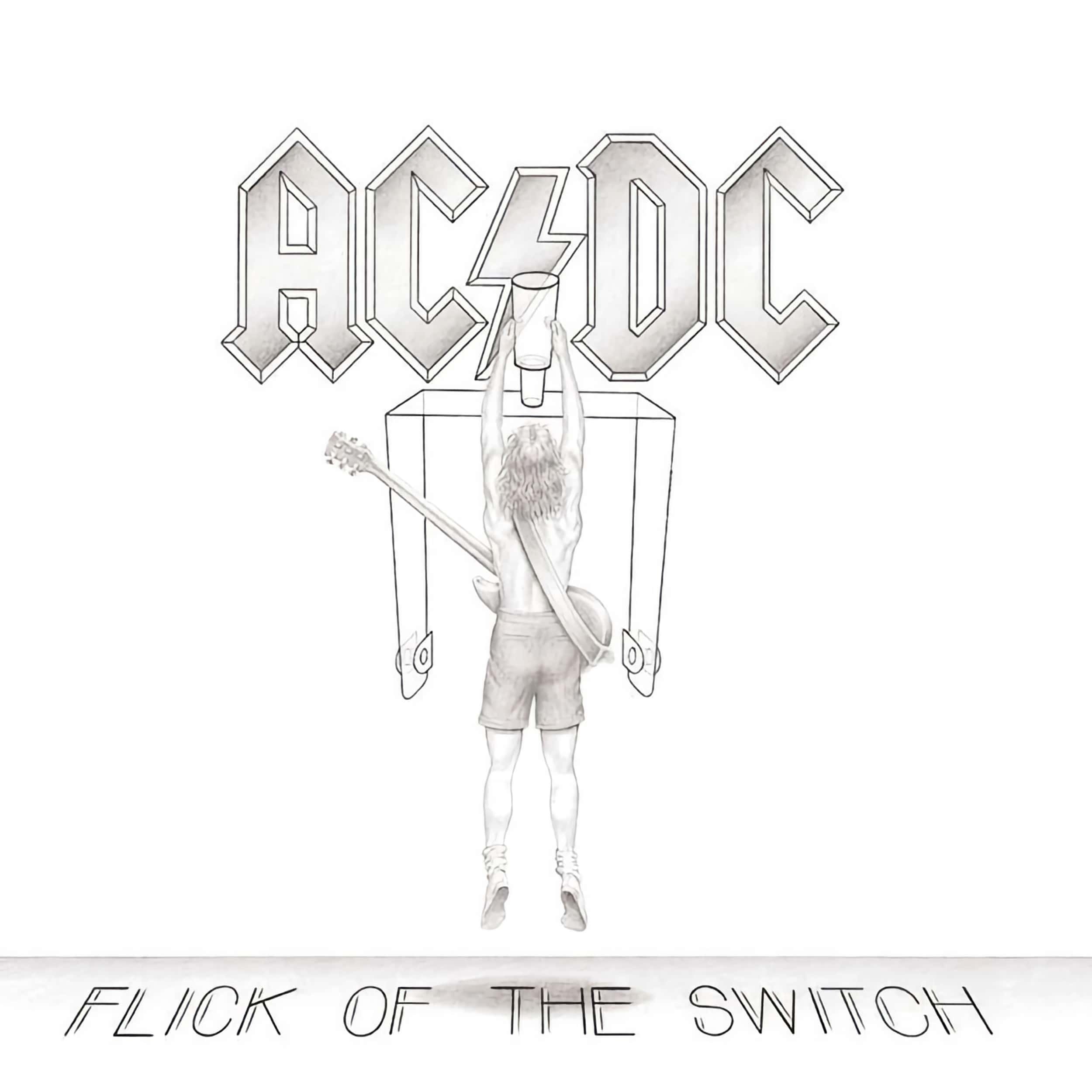Petra's Not Of This World, released in 1983, stands as a landmark rock album that seamlessly blends powerful messages with some exceptional music.
While Petra is billed under both Christian and Inspirational rock genres, you’ll note that I referenced Not Of This World as a rock album and for good reason; I don’t listen to music for its lyrical interpretation. I, instead, prefer to enjoy the human vocal as another instrument within the mix. The benefit of that, in this case, is that I’m not influencing my love of the music based on the interpreted meaning of the lyrics. Granted, not everyone appreciates music in that manner, but I only mention it because if you’re opposed to Christian-based music, you’re going to miss out on some of the very best rock music from not only the 80s, but from all of recorded music history.
Visually, the album’s artwork is stunning and perfectly suited to the era and the vinyl format; the leading distribution medium for music during the early 80s. Thankfully, modern music lovers can still access this classic release as it was reissued beautifully on CD in 2021 and vinyl in 2022. That said, both releases are nearly impossible to pick up in Australia, with both commanding high prices when available. So, until I can track down one of the two physical releases, streaming will have to suffice.
Speaking of the stream, the Apple Music version is a direct CD-quality counterpart to the CD release from 1988 and is dynamically pleasing. Turn the volume up and you’ll be met with a rocking album that has an ample soundstage, clarity and definition between all music elements, and enough mid to low-end bass to please even the most ardent stadium rockers.
Whether or not you find yourself interested in Inspirational music, one thing is for certain; Not Of This World is nothing short of an incredible rock and roll album. Therefore, dear reader, join me as I take a look at the songs that make up this landmark release; from my own unique music-focused non-lyrical perspective.
Visions (Doxology) opens the album admirably as the instrumental journey builds throughout this piece. If you’re into science fiction, you’ll likely appreciate and instantly connect with the audible vibe of Visions (Doxology), but it would be also fair to say that this instrumental opener is somewhat superfluous. It does, however, make for a worthwhile bookend to the final track Visions (Reprise).
Not Of This World sets the tone for the entire album with a highlight on Petra’s harmonies; some of which challenge the greats, such as the Eagles, for supremacy. That aside, this title track is one of the most beautiful songs to come out of the 80s.
Bema Seat picks up the tempo and while it may initially be a jolt to the senses, it quickly comes into its own, particularly when the song enters the chorus. While it may not be a standout tune, it’s a quintessential album-only song that drives the record forward; one that, in this case, is perfectly aligned with the era.
Grave Robber is simply magnificent. That acoustic introduction is superb and while that alone could be considered the reason as to why Grave Robber is such a memorable tune, the slow build to the chorus is masterful. The chorus itself is addictively good and as much as I don’t listen to the lyrics for literal interpretation, I do find myself singing along to the anthemic chorus. Grave Robber is, undoubtedly, one of the greatest songs from the album and one of the best songs ever recorded, by anyone. Exceptional!
Blinded Eyes was always going to be a challenge, following on from Grave Robber, but that need not be a concern for Blinded Eyes continues the musical brilliance with some incredible guitar licks, magical interplay between musical elements, and a perfect vocal presentation with a small amount of processing that adds to the overall style of the song without going too far that it detracts from the hard rock edge of the recording.
Not By Sight flows perfectly from Blinded Eyes and is a testament to not only the musical prowess of the entire band, but also the chosen sequencing for Not By Sight continues the rocking edge laid down by the previous songs.
Lift Him Up shifts the atmosphere back to that of melodic soft rock. Yes, the song may be a little campy and while I tend to appreciate the human vocal as another instrument in the mix, when it comes to Lift Him Up, you really get the Christian values presented front and centre. That isn’t a criticism, mind you, it’s just an observation and may be a deterrent for some music lovers.
Pied Piper kicks things up a notch as it returns us to a harder rock edge. It’s another album-only tune that is perfectly positioned and suited to the era, but it’s also fair to say that you likely wouldn’t seek Pied Piper out, outside of the album’s structure. That said, I couldn’t imagine the album sans this track as it simply wouldn’t flow as well as it does.
Occupy is an interesting song as the musical bed, and individual elements, are somewhat more reserved. While I like it, a lot, it would be interesting to hear a remix of Occupy with a slightly bigger soundstage, greater musical separation, and a more bombastic rock presentation that I feel would have made it an even stronger song than it already is.
Godpleaser is a fantastic song that particularly stands out when the bridge and chorus enter the mix. It’s addictively good and while the campiness of the Christian values may be a distractive element to some, I find that it’s just a great little rocker.
Visions (Reprise) is a minor annoyance in so far as Godpleaser would have been a perfect closing track. Yes, I acknowledge the bookending style that Petra was aiming for, but more than ever I feel Visions could have been omitted from the album and it wouldn’t have been missed. It isn’t a bad track, far from it, but it would be fair to say that it doesn’t fit perfectly with the other songs from the album.
While Petra's Not Of This World showcases a blending of rock styles, thoughtful lyrics, and a commitment to exploring Christian themes, at its core it’s a rock and roll album that rock and rollers everywhere will thoroughly enjoy. If you’re not enamoured with the topical approach of the record, listen for the music and try to ignore the lyrical meaning for doing so will only enrich a well-curated rock music library.






